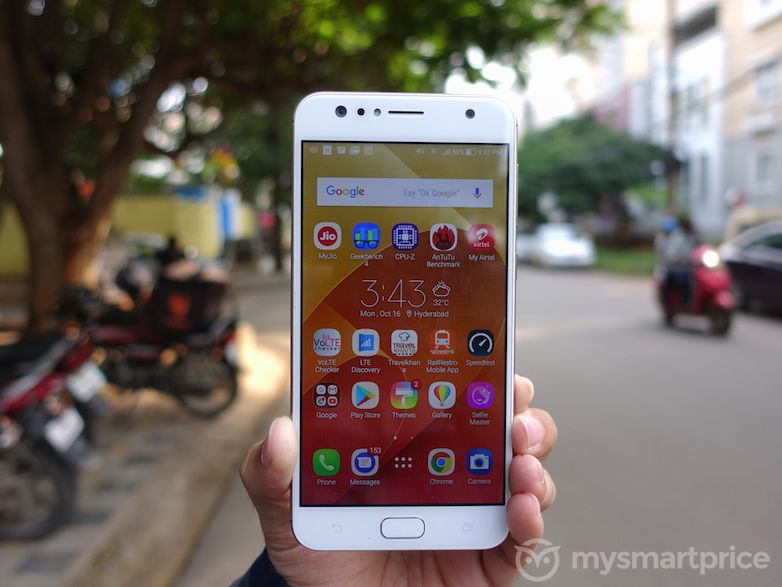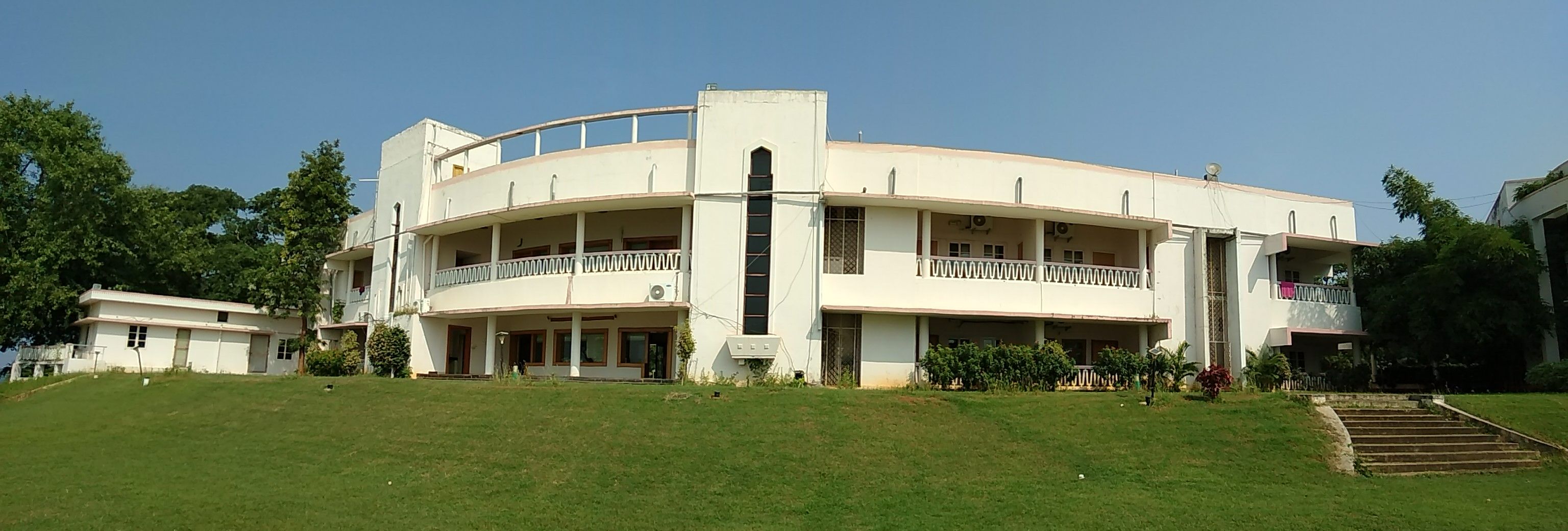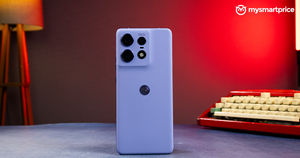
The last ASUS smartphone I reviewed on MySmartPrice was the ASUS Zenfone 3s Max, and that was back in March. Since then, ASUS launched the Zenfone 4 range in the Indian market. ASUS generally tends to flood the market with a variety of similar-sounding phones with minute differences in the spec sheets, but the Taiwanese manufacturer is keeping this relatively straightforward with the Zenfone 4 series. To date, there have been just three models in the Zenfone 4 lineup, and all of them are all selfie-centric phones.
ASUS Zenfone 4 Selfie Dual Camera
₹13,999What Is Good?
- Twin selfie cameras
- Improved Zen UI software
- Timely Android updates
- Good battery life
- Excellent, easy to use panorama mode
What Is Bad?
- Takes ages to charge
- Excessive blur in portrait mode images
- Images from the secondary selfie camera lack detail
- Overpriced compared to competition
- No Full HD Display
The most expensive of the lot (and the one with the most features) is the Zenfone 4 Selfie Pro, followed by the Zenfone 4 Selfie Dual Camera, which we’re reviewing today (we’re just going to call it the Zenfone 4 Selfie from now on). As the name suggests, the phone has two cameras up front, and a single rear camera. Then there’s the Zenfone 4 Selfie single camera edition, which is aimed at the sub-Rs. 10,000 segment. There are two variants in the Zenfone 4 Selfie Lite range as well, but those haven’t been launched in India yet (thankfully).
To make things easier, here are all the current Zenfone 4 Selfie models on sale in India, and their pricing:
- Zenfone 4 Selfie Pro: Rs. 24,999
- Zenfone 4 Selfie Dual Camera: Rs. 13,999
- Zenfone 4 Selfie: Rs. 9,999
In this review, we will take a close look at the Zenfone 4 Selfie Dual Camera variant.

Before we get started, let’s take a look at the spec sheet:
Zenfone 4 Selfie Dual Camera: Specifications
- Display: HD, 5.5-inch, IPS, 2.5D curved glass, 400 nits brightness
- Processor: Qualcomm Snapdragon 430, Adreno 505
- RAM: 4GB
- Storage: 64GB Internal, dedicated microSD card slot
- SIM: Two nano-SIMs with dedicated slots
- Main front camera: 20 megapixels, f2.0 aperture
- Secondary front camera: 8 megapixels, 120° wide-angle
- Rear Camera: 16 megapixels,PDAF, f2.0 aperture
- Video recording: 1080p at 30fps
- Extras: Fingerprint scanner on home button
- Wireless: 4G LTE, 802.11 b/g/n, Bluetooth 4.0, Wi-Fi Direct
Zenfone 4 Selfie Dual Camera: In the Box
- Handset
- Micro USB cable
- SIM Ejector Pin
- USB Power Adapter
- Documentation (User Guide, Warranty Card)
In this review, I will be talking about the things I liked about the Zenfone 4 Selfie Dual Camera, the not-so-great things, and lastly, areas I didn’t like at all about the phone. Let’s start on a positive note.
The Good
One thing I always liked about ASUS’ smartphones is the fact that even their entry-level phones offer ample internal storage. The Zenfone 4 Selfie gets 64GB of storage, which should be more than enough for most users. The phone also gets a dedicated microSD card slot for memory expansion in case you feel the internal storage just isn’t enough. There are separate slots for the two nano-SIM cards, so you don’t have to sacrifice your secondary SIM card if you want to use the microSD slot.
While there is nothing striking about the design of the phone (apart from an uncanny resemblance to the iPhone), the Zenfone 4 Selfie just doesn’t feel as heavy as the spec-sheet tells us it is. At 144 grams, it is almost as heavy as most other phones that tote 5.5-inch displays, but you don’t feel that weight when you hold the phone in your hands. Perhaps this is more to do with the plastic body of the phone. Even with the plastic look, the phone feels sturdy. There was no creaking or flexing when I applied force to the body and tried to bend it. Other design attributes that I liked include the metallic finish at the back with twin strips at the top and bottom ends, and the design of the camera bump.
In case you read my previous Zenfone reviews, you might recall that I have not been a great fan of ZenUI. One of the main reasons for this was the amount of bloatware the company used to ship on their handsets. This time around, ASUS has finally listened to our pleas, resulting in a cleaner and better-looking iteration of ZenUI. ASUS has also reduced the number of preinstalled apps from a staggering 35 on ZenUI 3.0 to a much more manageable 12 on the ZenUI 4.0. The UI is now pleasing to look at and comes with a bunch of themes that let you customise the look of your phone.
As we’re on the subject of software, the Zenfone 4 Selfie runs Android 7.0 Nougat at launch with a promised update to Android 8.0 Oreo in the not-too-distant future. The phone also ships with nifty software utilities like Twin Apps, which helps you run two instances of the same app at once. This is extremely useful for people who have more than one WhatsApp, Facebook or other social media accounts. I did not have any major gripe with the software, and thanks to the generous 4GB of RAM, I did not encounter any lag or stutter while navigating the UI either.
While I wasn’t a fan of ASUS’ bundled software, one of the things I did like was the 100GB of Google Drive storage that you get with the phone. Then there is the 100GB of free cellular data from Jio. Since my handset was not an Indian unit, I was not able to take advantage of the latter, but the former is extremely useful if you use Drive for storing a lot of documents or media. Additionally, the unit sent to me did not support Indian VoLTE bands. That, however, won’t be the case with the retail units sold here.
Moving on to the imaging prowess, one thing I liked about the camera app on the Zenfone 4 Selfie is its panorama mode. It is extremely easy to use and you do not end up with unusable, badly stitched photos.


Unfortunately, the rest of the camera features do not match up to other devices in this segment.
The Not So Good
For a phone that sells for nearly Rs. 15,000, the Zenfone 4 Selfie ships with an underwhelming 720p display resolution. While the display does try to make up for this with great viewing angles, it’s still a drawback when you consider most devices in this segment — the Redmi Note 4, Honor 6X, Moto G5 series, and the recently launched 10.or G — all feature Full HD panels. There’s no reason why ASUS decided to go with a 720p screen, as the lower resolution doesn’t dramatically increase battery life.
It’s a similar story when you look at the rest of the hardware. The newcomer 10.or G offers a faster Qualcomm Snapdragon 626 chip, and even the highest-priced Redmi Note 4 — which is powered by the SD625 — currently retails for less than what the Zenfone 4 Selfie costs. The Redmi 4 is another phone that makes the Zenfone 4 Selfie seem overpriced. The 64GB storage and 4GB RAM version of the Redmi 4 can be yours for just Rs. 10,999.
And although the Zenfone 4 Selfie gets twin selfie cameras at the front, a 20-megapixel primary selfie camera and 8-megapixel secondary wide-angle selfie camera, my experience with both of these cameras has been a hit-and-miss affair. While the camera is feature-packed with several options, the image quality is strictly average.

In case you are a selfie-freak, it is recommended that you use the 20-megapixel primary camera for most purposes since it delivers much better quality images compared to the wide-angle lens. Portrait mode is a must-have feature, and the Zenfone 4 Selfie has the feature. While it works well at times, I felt the overall implementation could be better. It tends to go overboard with the amount of background blur applied, and in some photos, areas that are not supposed to be blurred also get the treatment. I hope this gets better with a future software update.
Here are some screenshots of the camera UI
Since this is a selfie-centric device, ASUS also ships its Selfie Master app with the phone. As for the lone 16-megapixel camera at the rear, it can be used to capture decent images in daylight conditions. The camera on my unit seemed to have issues with details, and you can see how smudgy the details are at full crop as shown in some of the samples below.
Here are some photos captured using the selfie cameras at the front.
As for video recording, the phone manages to capture Full HD videos at 30fps using the main camera, which is what most phones in this price range deliver.
Moving on to the battery, the major drawback when it comes to the Zenfone 4 Selfie is the battery. Now don’t get me wrong, the 3000 mAh battery is good enough to last you an entire day with ease. The issue with the battery, however, is not the battery life – but the time it actually takes to charge it. The Zenfone 4 Selfie does not support fast charging, and it took an exasperating 3.5 hours to charge it from 0 to 100 percent in my tests. Others have said it took their units even longer to charge, and that’s completely unacceptable in 2017.
Verdict

The ASUS Zenfone 4 Selfie is a well-built, feature-packed device. However, it seems overpriced compared to the competition. Additionally, the feature that differentiates this phone from the others in its price range — the dual front selfie cameras — can be a lot better.
In fact, in case you are not a selfie freak, but also happen to be an ASUS fan, it would make sense to opt for the more affordable Zenfone 4 Selfie. You will lose out on the 4GB of RAM and the 64GB of storage (the normal edition only gets 3GB of RAM and 32GB storage), but the CPU/GPU combination remains the same. The ASUS Zenfone 4 Selfie Dual Camera is a Flipkart exclusive and at the time of publishing this review, it was priced at ₹13,999.










































